Graham Reid | | 3 min read
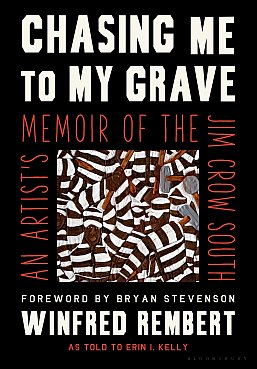
It is said that history is written by the winners, and that is largely true.
But it is also written by academics with access to files. Notes, documents and the work of other academics.
Many of these researchers are dedicated and intent of getting to the multi-dimension truths of events. A writer/researcher like Antony Beaver is someone whose view from the battlefield to the cabinet office is to be trusted when he writes about the Second World War.
Adam Zamoyski is equally insightful about Napoleon's ill-fated march on Moscow.
Nathan Pilbrick's The Last Stand – about the lead-up to and battle at Little Bighorn – is exceptional in its detail.
And like the best historians these people dispense with the “Great Man Theory” of history and bring events to life through the eyes and recollections of the participants.
There nothing quite like hearing from someone who was there, not the heroic figures just the ordinary people whose voices are seldom heard.
That is what makes the late Winfred Rembert's story of his life so compelling.
Subtitled An Artist's Memoir of the Jim Crow South, Rembert speaks of his life and times in plain language – transcribed from recordings by academic Erin I Kelly – and his distinctive turns of phrase, humour, raw honesty and his accompanying artworks which illustrate the narrative make history come alive in all its vibrancy and horrors.
 To hear Rembert speak of getting up before dawn as a five year old, being taken to the cotton plantation in Georgia to pick and returning home after dark is to be taken into a world most would like to forget. The shocking realisation on page after page is this life – punishment, jail, bootlegging, pool halls and racism – wasn't lived out in the Twenties or Thirties, or even before.
To hear Rembert speak of getting up before dawn as a five year old, being taken to the cotton plantation in Georgia to pick and returning home after dark is to be taken into a world most would like to forget. The shocking realisation on page after page is this life – punishment, jail, bootlegging, pool halls and racism – wasn't lived out in the Twenties or Thirties, or even before.
Rembert was born in 1945, his experiences of lynchings – himself included – take place in the time of television, prosperity, the emerging Civil Rights movement and men on the moon.
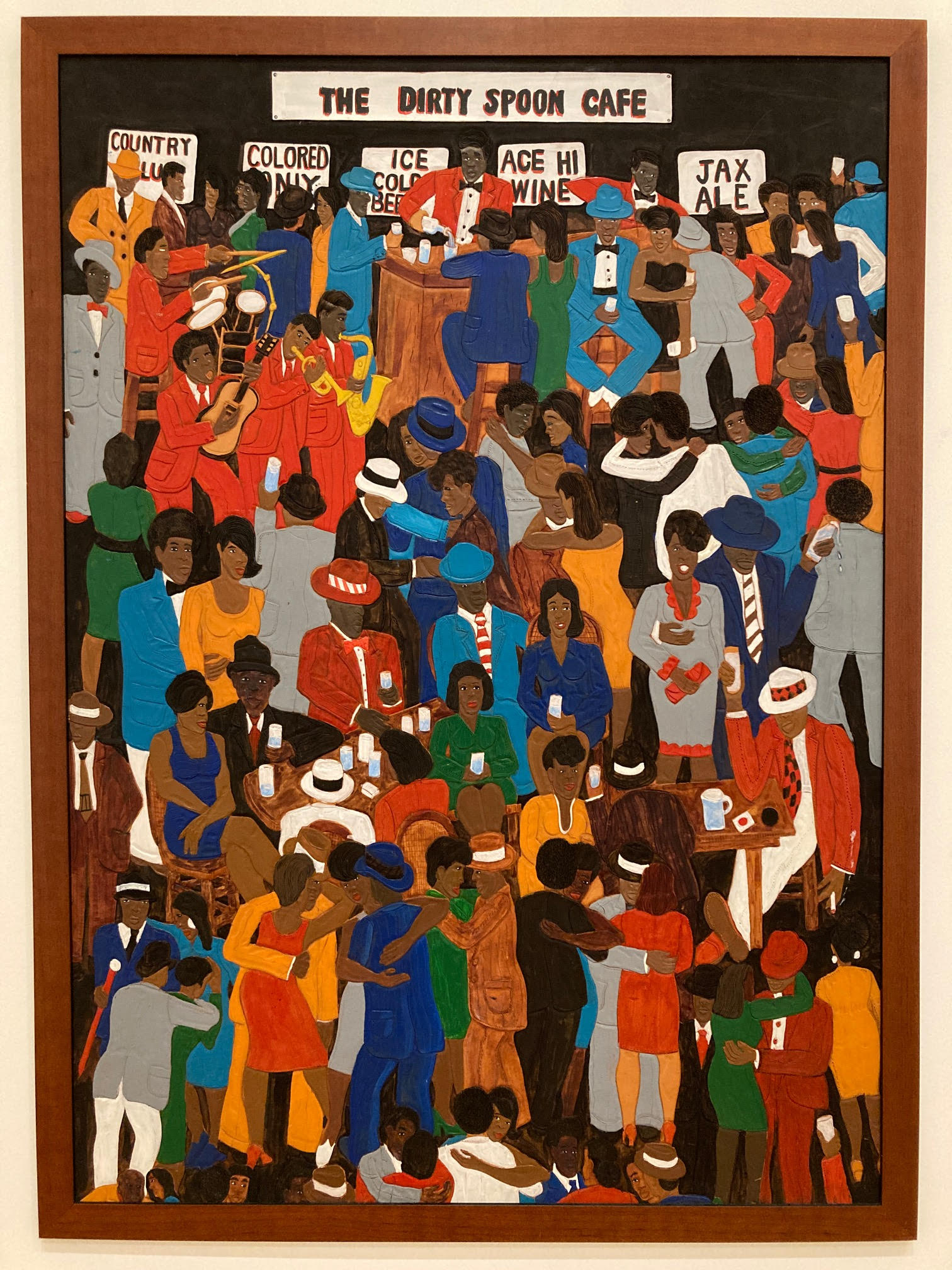 For many, Rembert's life – prison, chain gang, drug dealing, a long and happy marriage and more – took place in what we would call the modern world. But in smalltown Cuthbert in Georgia (population today fewer than 3000), it was the world of King Cotton and post-slavery poverty.
For many, Rembert's life – prison, chain gang, drug dealing, a long and happy marriage and more – took place in what we would call the modern world. But in smalltown Cuthbert in Georgia (population today fewer than 3000), it was the world of King Cotton and post-slavery poverty.
The place was segregated and Rembert uses the N-word throughout because he heard it “so many times I answered to it like it was nothing. That's what happened. My story will not be as clear if I block out the word or even change a single letter. A substitute does not carry the same effect”.
Given away by his mother when he was three months old – she didn't want her absent husband to know she'd had him with another man if he came home from the war – he grew up with her aunt. Early pages ache with his love for his mother and desperately wanting her love in return.
He gets in trouble, steals, ends up in the courthouse and so his story begins.
 He speaks with enthusiasm about the juke joints, clubs and pool halls on Hamilton Avenue, the black area.
He speaks with enthusiasm about the juke joints, clubs and pool halls on Hamilton Avenue, the black area.
The lynching, jail time and all the rest come later.
What makes this story even more remarkable is Rembert's art which accompanies, paintings on carved leather in which he brings to life those clubs, the chain gang, the lynchings, the cotton picking under the eye of the overseers on horseback, the dancers in the juke joints and church . . .
 His artwork alone is extraordinary it is distinctive, untutored style. Just as he taught himself how to read he also learned how to treat and inscribe leather, design striking images, apply bold colours and create a sense of character and place in his work.
His artwork alone is extraordinary it is distinctive, untutored style. Just as he taught himself how to read he also learned how to treat and inscribe leather, design striking images, apply bold colours and create a sense of character and place in his work.
Their visual power comes from the contrasts but also the arrangement of characters and objects in such a way as they whole looks like a shimmering abstract until the eye takes in the detail.
The life and times of Winfred Rembert (who died in 2021) comes as alive in his art as it does in his language and distinctive turns of phrase.
This is an extraordinary story, told by someone who was witness to, and part of, a history chilling and shameful in being so recent.
.
CHASING ME TO MY GRAVE by WINFRED REMBERT Bloomsbury Books $60
.
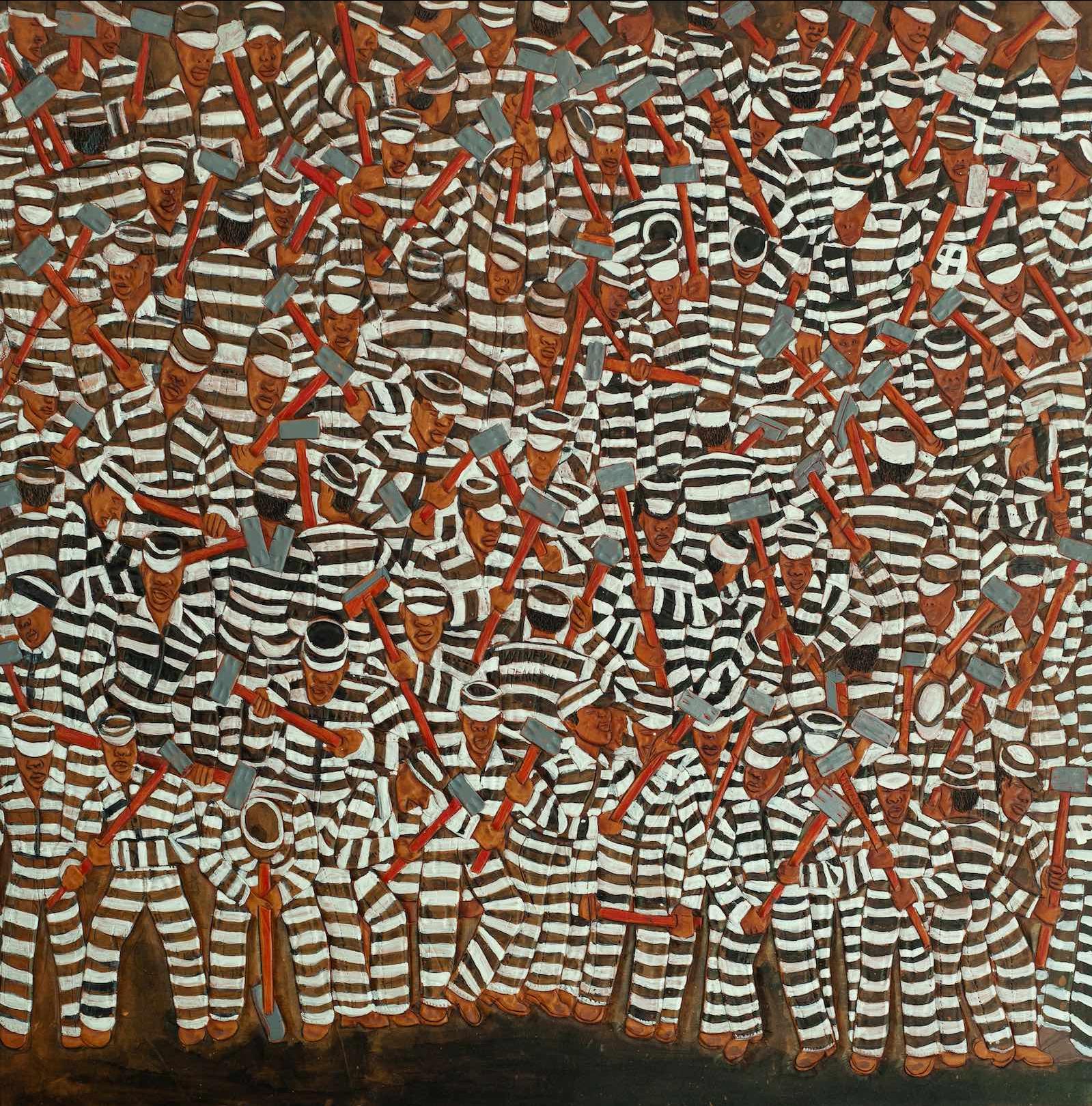
.
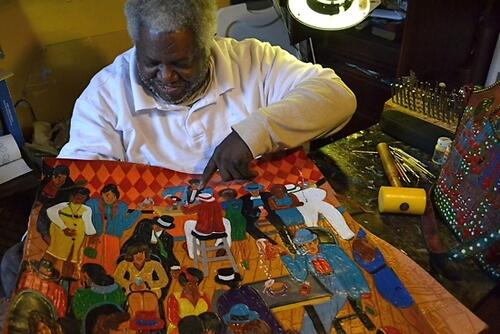
.


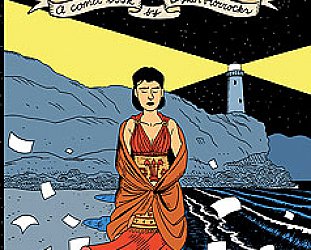
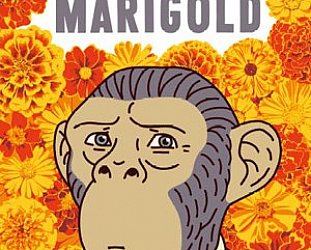
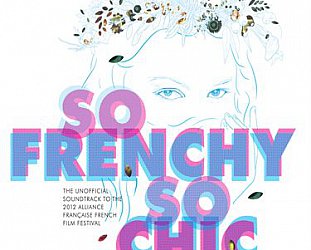

post a comment